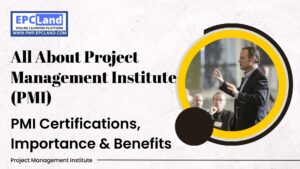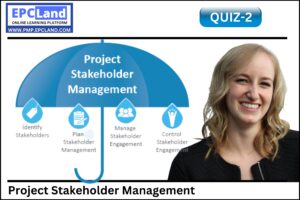1.
Take a look at how following project risks is handled and figure out if the risk is being avoided, mitigated, transferred, or accepted. A team member discovers that the location you planned on using is in a county that is considering regulations that could be expensive to comply with. You work with a surveying team to find a new location.
2.
Take a look at how following project risks is handled and figure out if the risk is being avoided, mitigated, transferred, or accepted. Stormy weather and high winds could cause very slippery conditions, so you put up a tent and wear slip-resistant footwear to keep from losing your footing.
3.
Take a look at how following project risks is handled and figure out if the risk is being avoided, mitigated, transferred, or accepted. Surrounding geological features could interfere with your communications equipment, so you bring a flare gun and rescue beacon in case it fails.
4.
Take a look at how following project risks is handled and figure out if the risk is being avoided, mitigated, transferred, or accepted. Flooding could cause serious damage to your equipment, so you buy an insurance policy that covers flood damage.
5.
Read following scenario and identify which tool or technique is being used. You look through your company’s asset library and discover that two previous projects involved setting up camp in this area. You look through the lessons learned to figure out what went wrong, and what could have been avoided through better planning.
6.
Take a look at how following project risks is handled and figure out if the risk is being avoided, mitigated, transferred, or accepted. A mud slide would be very damaging to your project, but there’s nothing you can do about it.
7.
Take a look at how following project risks is handled and figure out if the risk is being avoided, mitigated, transferred, or accepted. The manufacturer issues a warning that the safety equipment you are using has a small but nonzero probability of failure under the conditions that you’ll be facing. You replace it with more appropriate equipment.
8.
Read following scenario and identify which tool or technique is being used. Your project requires that you set up a campsite on the edge of a cliff. You gather your team members—including a geologist, a meteorologist, a tracker, and three campsite workers—and lead them in a directed discussion where they identify as many risks as possible.
9.
Take a look at how following project risks is handled and figure out if the risk is being avoided, mitigated, transferred, or accepted. You buy a surge protector to make sure a lightning strike won’t blow out all of your equipment.
10.
Read following scenario and identify which tool or technique is being used: You meet individually with many different people: the sponsor, stakeholders, team members, and experts. You ask each of them detailed questions about what they think could go wrong on the project.





























